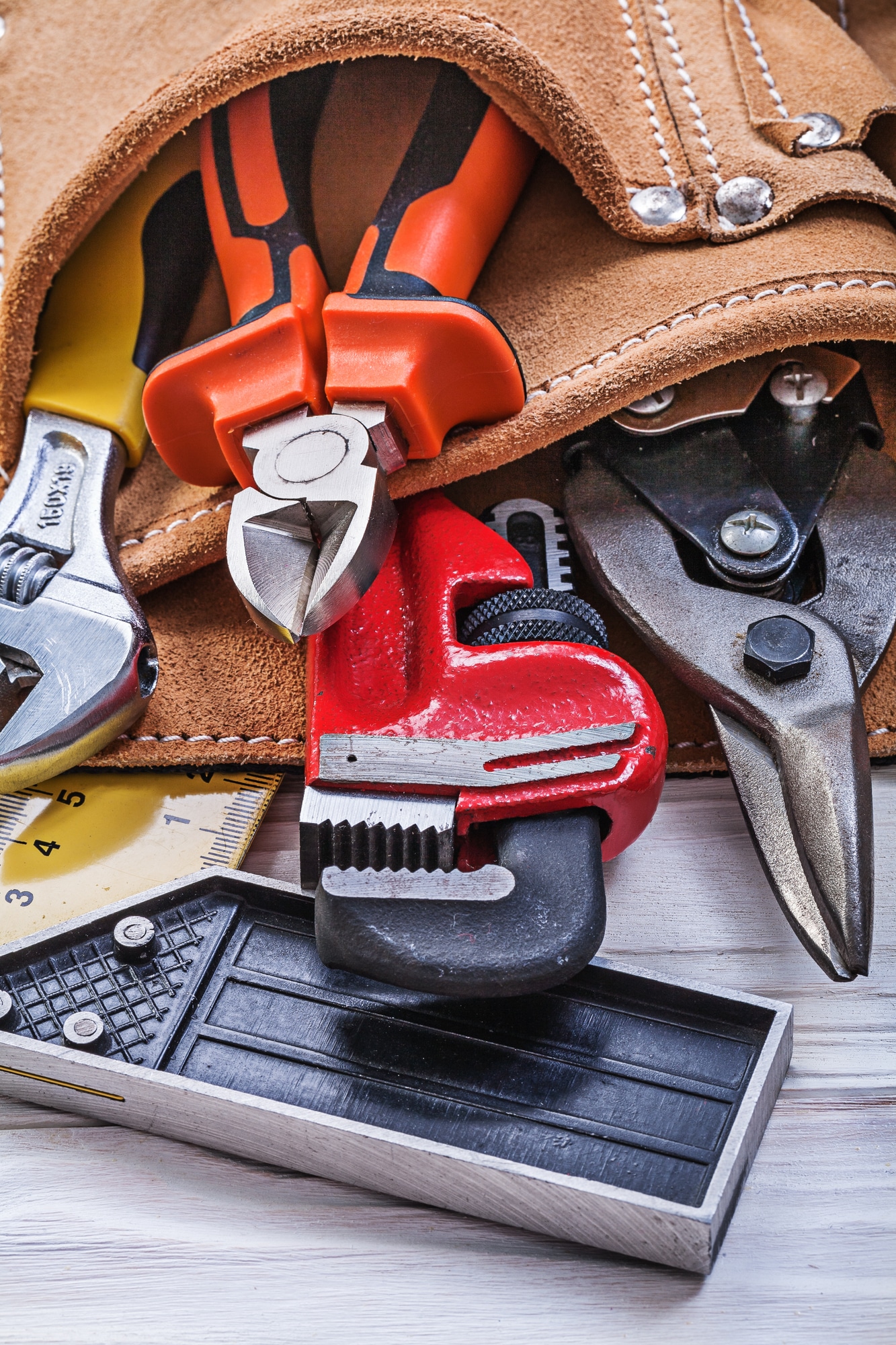If you’re like most homeowners, then your water heater is probably leaking. There are a few reasons this may be the case, and it’s important to identify what is causing the leak before you can repair it.

Water Heater Leaking
In this blog post, we will discuss 4 easy steps for identifying and repairing leaks in your water heater!
Turn off the water to your home
This is a step you should never skip! It’s important to make sure that there isn’t any water going into the appliance before getting started.
Find where your shutoff valve for your home is located and turn it off. If you cannot find one, then contact a plumber who can help with this step. Once the water has been turned off from your mainline, run some cold tap water through faucets throughout your house to drain the remaining water in the pipes. After checking all of these locations for leaks, wait at least thirty minutes or until no more drips can be seen coming from inside or around appliances such as sinks and toilets.
Once the timer goes off after waiting 30 minutes without seeing any new leaks on any fixtures around your home, you can turn the water back on. Remember to only run cold water through appliances such as sinks and toilets until hot water comes out of them again.
With this step completed successfully, it is time to check for leaks inside or around your appliance!
This will require that you remove any panels attached to your unit so be prepared by having a screwdriver at hand before beginning the process. The most common causes for leaks in units are rusted valves, pressure relief valve failure (which has no effect if not working), corroded fittings/connections where the pipe connects with other parts near heating elements, or sediment buildup which restricts proper flow.
Inspect water heating leaking
Once the panels are off, start by inspecting where water is leaking. It might help to take a photo before anything has been removed so you can refer back if needed. If your heater tank still has water in it there will be signs of leakage on the outside or inside of the unit which could include puddles, wet areas around valves, and rust stains along seams.
If no leaks are found at this point, remove any components that connect directly with heating elements such as fan motors or safety switches until they have all been carefully inspected for corrosion or lose connections/connections that may not be working properly anymore due to wear and tear. Make sure to check the Water Heater Leaking Info that will cover most of the issues that could happen. If no leaks are found, try turning on the appliance to test if it holds pressure by letting your hand get soaked with water before flushing out any sediments that may be blocking the proper flow of hot water through appliances such as sinks or showers.
If all connections and components appear to be working properly, then you’re good to go! However, if there is still a leak at this point in time keep reading for more information about what could cause them!
If you find a leak in your house, contact a plumber ASAP!
If you are still unsuccessful at locating the source of the leak after following these steps, then it is time to contact a plumber frisco. A call center representative can help with finding out what your next step should be by asking some questions about where exactly the water is leaking from and how much damage was caused so far.
They will also be able to give you an estimate on repairs or replacements that need to happen based on their experience working with similar appliances in homes around yours!
Check inside your basement or crawlspace
If you do not have access to all areas of your appliance, such as in an apartment or if it is located inside a tight crawlspace, then check for any signs of water damage outside the unit.
Since the majority of units are encased in sheet metal and insulation that keeps them warm enough to prevent freezing during winter months, there may be snow accumulation on top which could indicate where leaks might be coming from when it melts. Keep this information in mind while looking around for anything out-of-the-ordinary near your appliance and refer back to this article if needed!
The four easy steps for fixing your water heater are to turn off the water, inspect for leaks in your house, contact a plumber if you find one, and check inside your basement or crawlspace.
